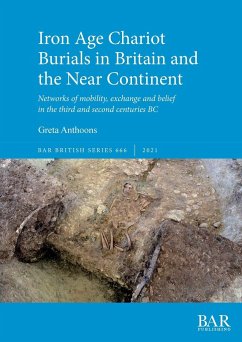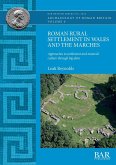The British chariot burials, mainly concentrated in East Yorkshire, reveal a strong link with continental Europe, which has led some scholars to believe that this burial rite was introduced by immigrants from northern Gaul. Other scholars do not accept migration as the key explanation for cultural changes and argue that new rites and customs may also be adopted through social networks that often stretch over great distances. To determine which model best explains the introduction of new burial rites in East Yorkshire in the third century BC, this book describes the similarities and differences between the British chariot burials and those of contemporary chariot burials in northern Gaul. The comparison shows that elite networks, and possibly religious networks, lie at the basis of the emergence of new burial rites in East Yorkshire. This book also discusses various types of long-distance contacts that can forge and maintain social networks.
Hinweis: Dieser Artikel kann nur an eine deutsche Lieferadresse ausgeliefert werden.
Hinweis: Dieser Artikel kann nur an eine deutsche Lieferadresse ausgeliefert werden.








